Natural history of disease. 12 linhas Natural history of disease refers to the progression of a disease process in an individual over. O conhecimento da história natural da doença ocupa juntamente com o controle das doenças. 2 single out discriminative features of patients with RFC1-positive and RFC1-negative ataxia.
You feel pain or you have an expression of the disease. A natural history study is an observational epidemiologic cohort study designed to evaluate patients who have been diagnosed with a specific condition or disease. McGraw-Hill Concise Dictionary of Modern Medicine.
The stage of susceptibility. Natural history encompasses scientific research but is not limited to it. Epidemiology The timeline of a morbid condition from onsetinception to resolution.
Rapid moderate and no loss of attachment in Sri Lankan laborers 14 to 46 years of age. The natural history of a disease is sometimes said to start at the moment of exposure to. To prepare future treatment trials in RFC1 disease we here leveraged a large cross-European multicenter ataxia cohort to 1 map its full phenotypic spectrum and evolution beyond CANVAS using both a cohort expected to be enriched for RFC1 disease and an independent cohort of unselected patients with late-onset ataxia.
A história natural da doença refere-se a uma descrição da progressão ininterrupta de uma doença em um indivíduo desde o momento da exposição aos agentes causais até a recuperação ou a morte. Similarly what he called the natural history of staphylococcal streptococcal and E Coli fevers were admirable descriptions of the courses of these infections in the untreated patients of the pre-antibiotic era. Ecological Vision in Twentieth-Century Biomedical Science By Warwick Anderson ABSTRACT During the twentieth century disease ecology emerged as a distinct disciplinary net-work within infectious diseases research.
2002 by The McGraw-Hill Companies Inc. Ross C Aylward E Wild E. Nat Rev Neurol 10 204216 2014.
Macfarlane Bumet Rene Dubos and Frank Fenner. The natural history of disease is the course a disease takes in individual people from its pathological onset inception until its resolution either through complete recovery or eventual death.
The stage of susceptibility.
Greater impairment in forced vital capacity or diffusion capacity of the lungs for carbon monoxide and a greater extent of fibrotic changes on a computed tomography scan are predictors of mortality in patients with fibrosing ILDs. Natural history of periodontal disease in man. A person who studies natural history is called a naturalist or natural historian. The stage of clinical disease. Natural History of Disease The natural course of a disease from the time immediately prior to its inception progressing through its pre-symptomatic phase and different clinical stages to the point where it has ended and the patient is either cured chronically disabled or dead without external intervention. Greater impairment in forced vital capacity or diffusion capacity of the lungs for carbon monoxide and a greater extent of fibrotic changes on a computed tomography scan are predictors of mortality in patients with fibrosing ILDs. McGraw-Hill Concise Dictionary of Modern Medicine. A história natural da doença refere-se a uma descrição da progressão ininterrupta de uma doença em um indivíduo desde o momento da exposição aos agentes causais até a recuperação ou a morte. The key figures were Theobald Smith F.
Ross C Aylward E Wild E. And the stage of recovery disability or death. Natural history encompasses scientific research but is not limited to it. Natural history is a domain of inquiry involving organisms including animals fungi and plants in their natural environment leaning more towards observational than experimental methods of study. The stage of sub-clinical disease. Nat Rev Neurol 10 204216 2014. Similarly what he called the natural history of staphylococcal streptococcal and E Coli fevers were admirable descriptions of the courses of these infections in the untreated patients of the pre-antibiotic era.


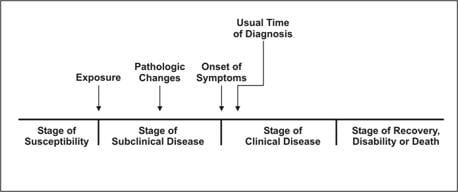




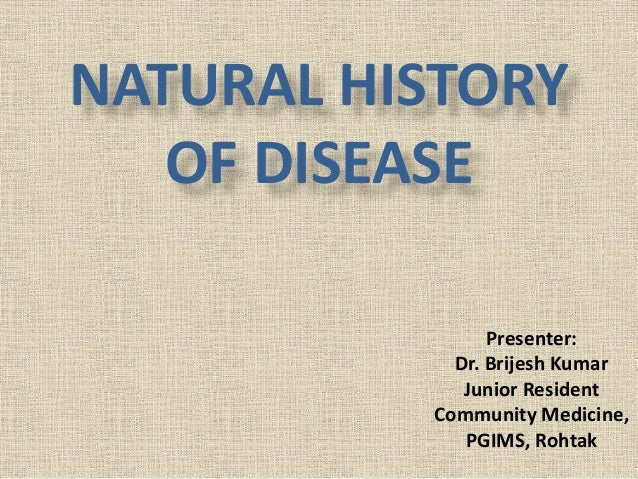





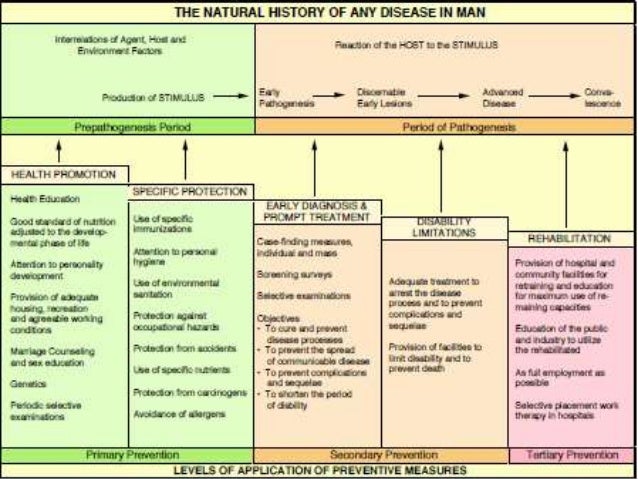
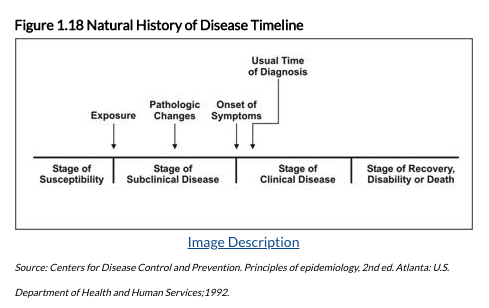

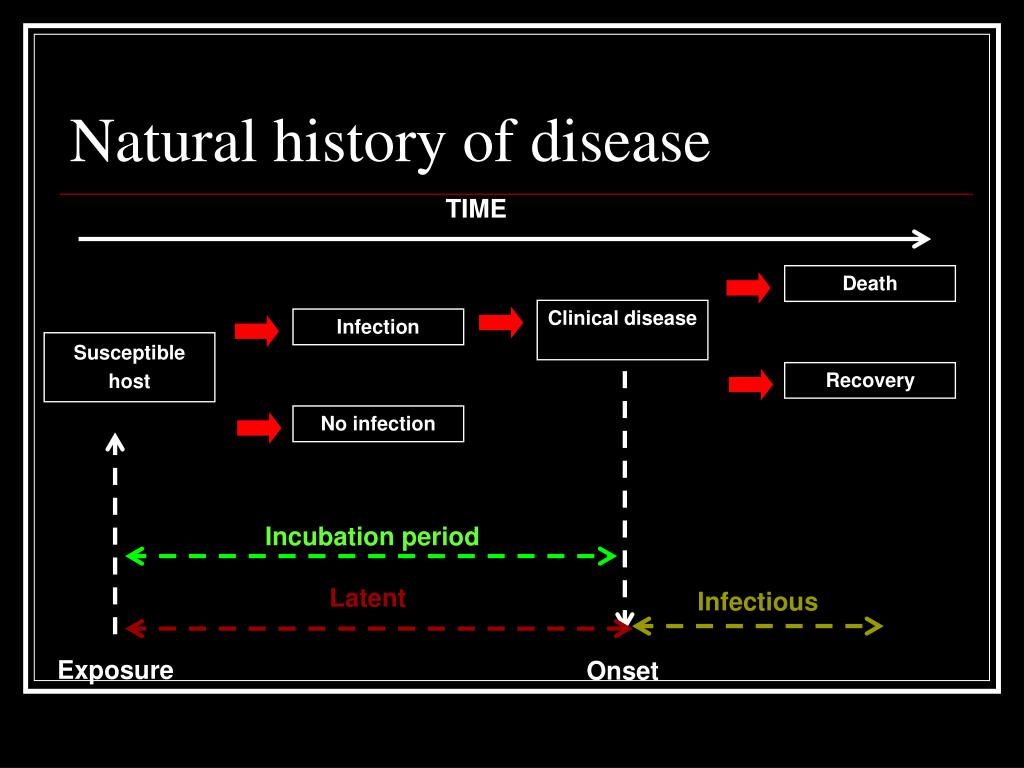




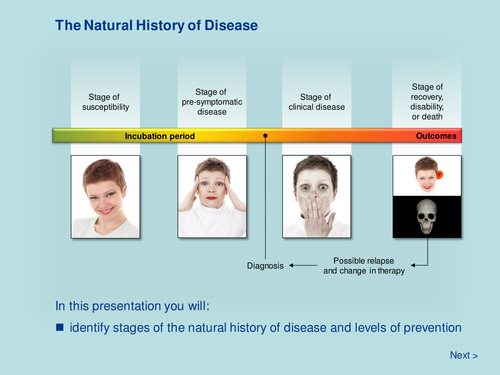










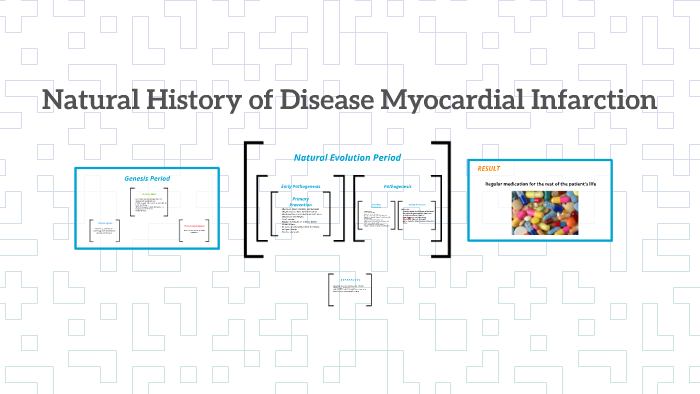

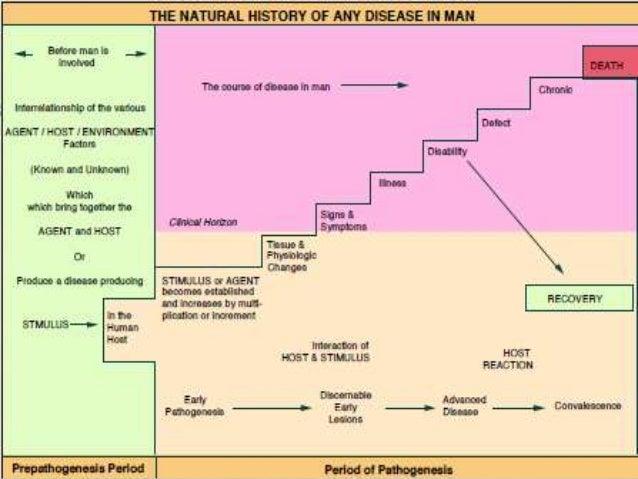

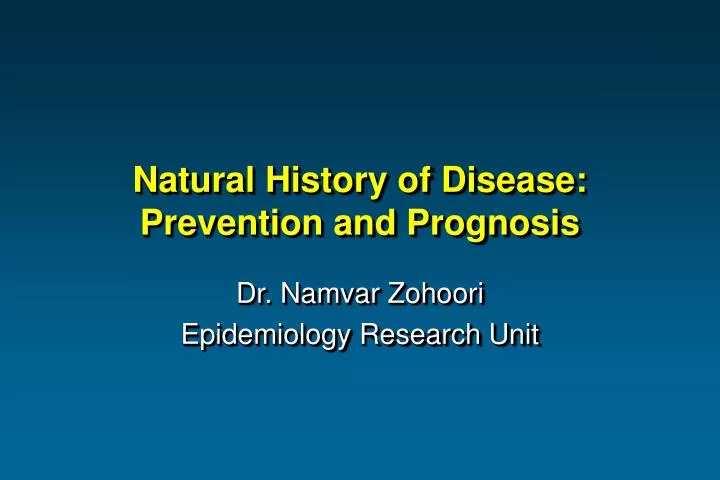
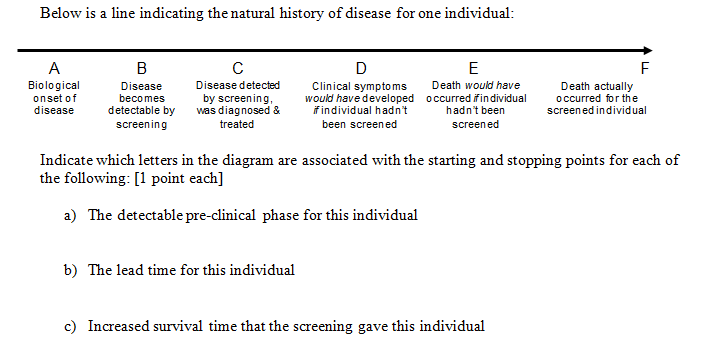


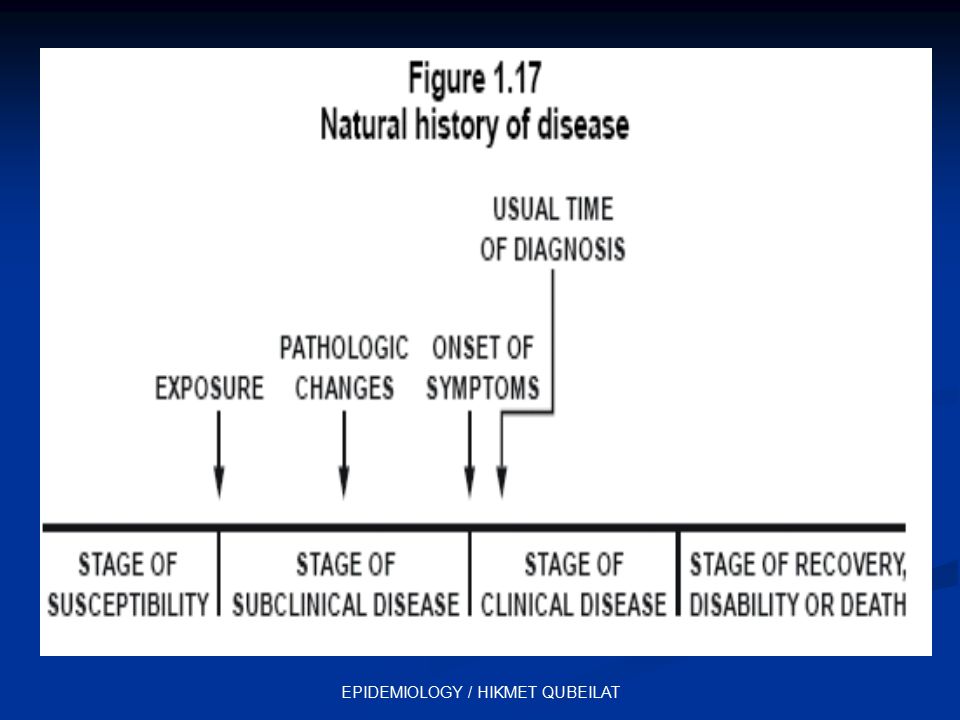


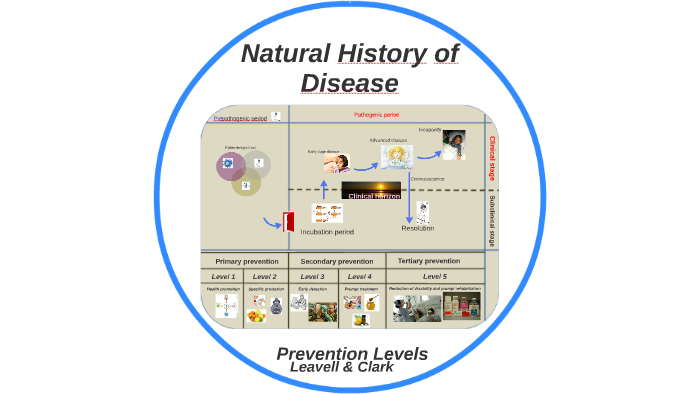




0 Yorumlar